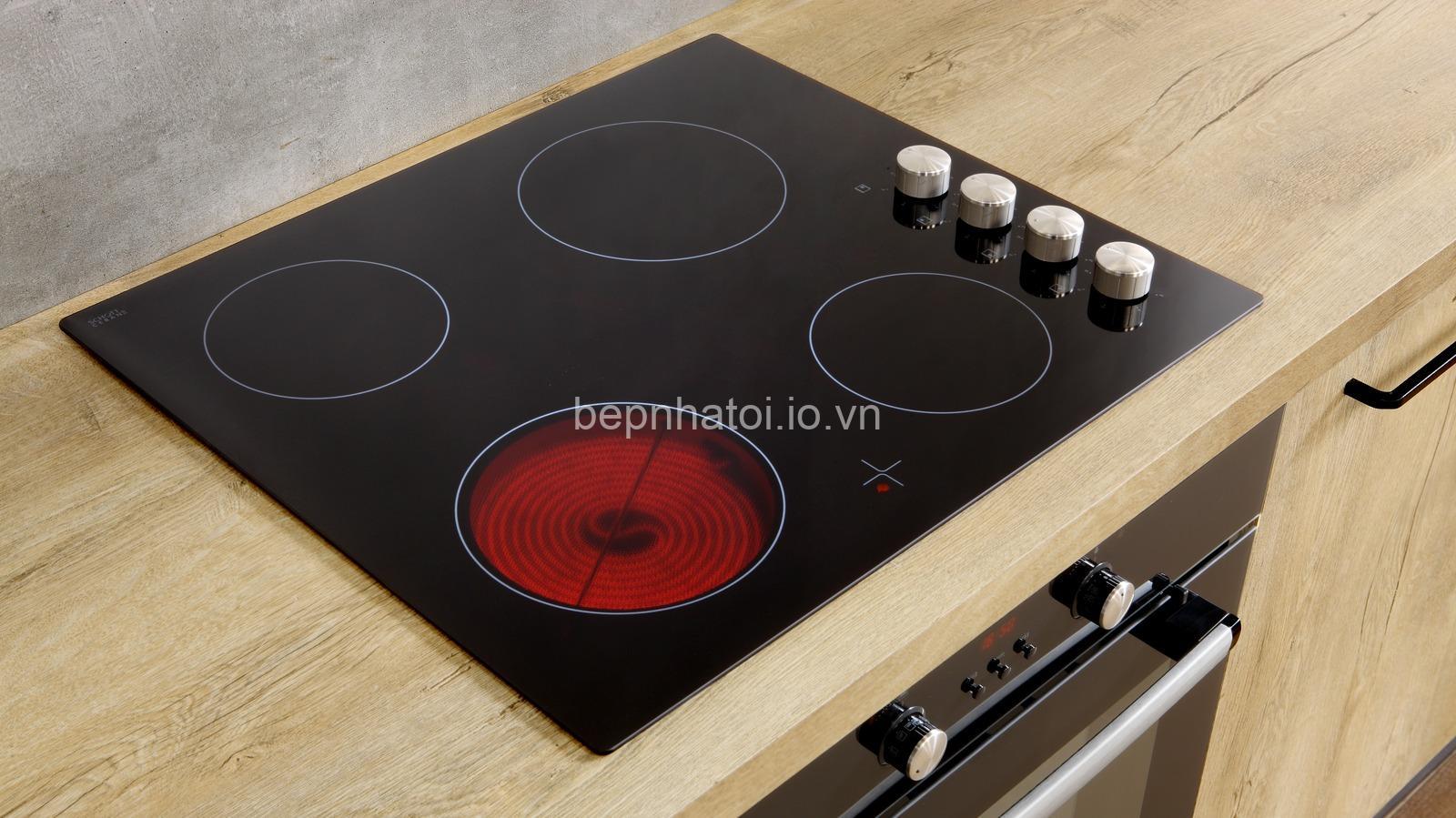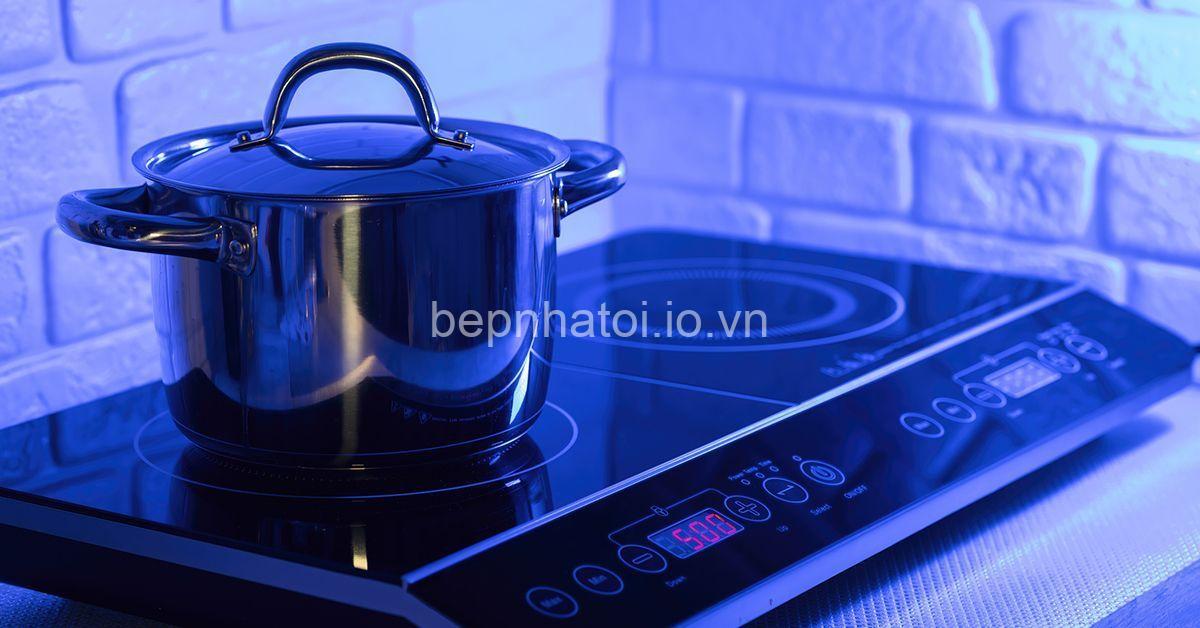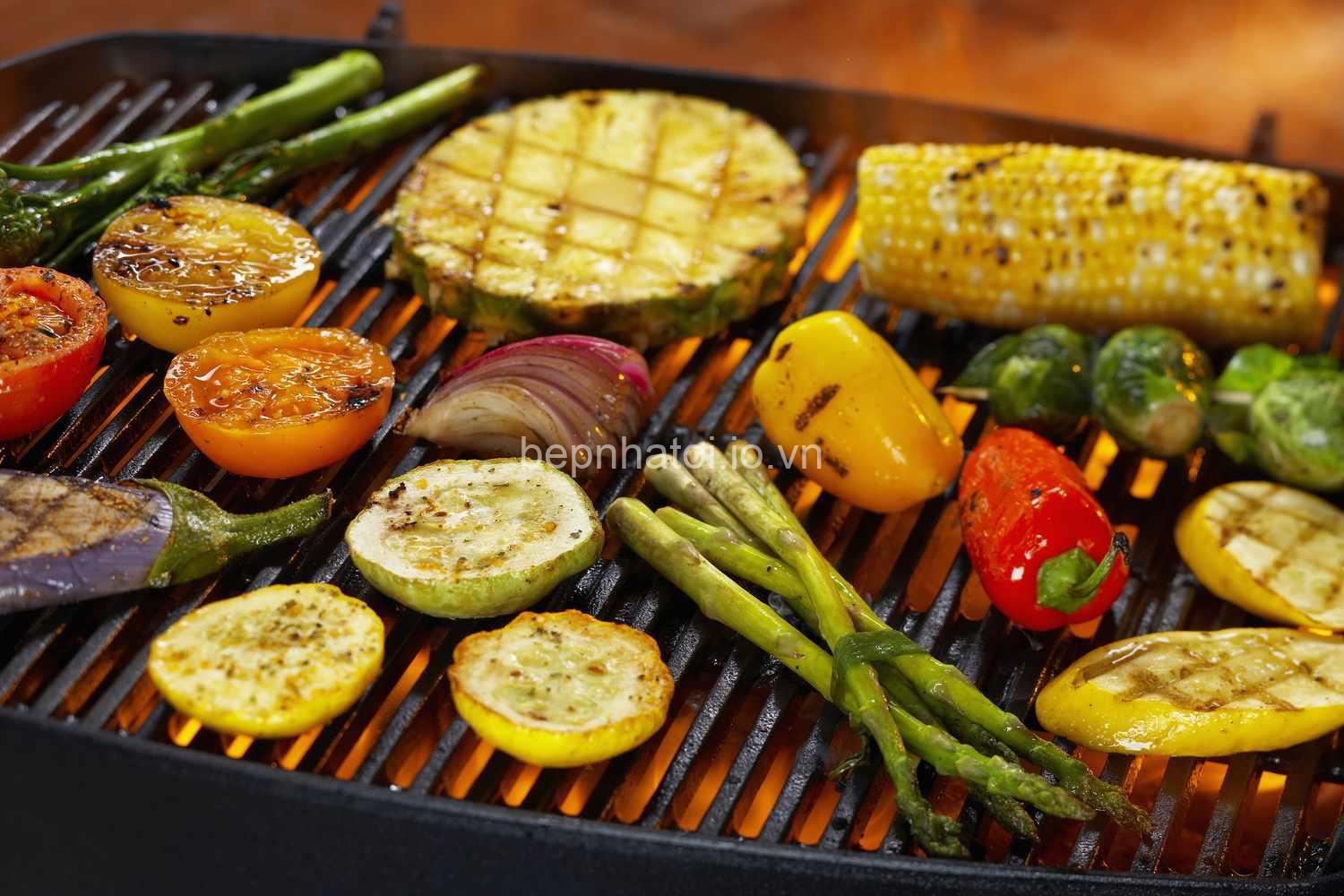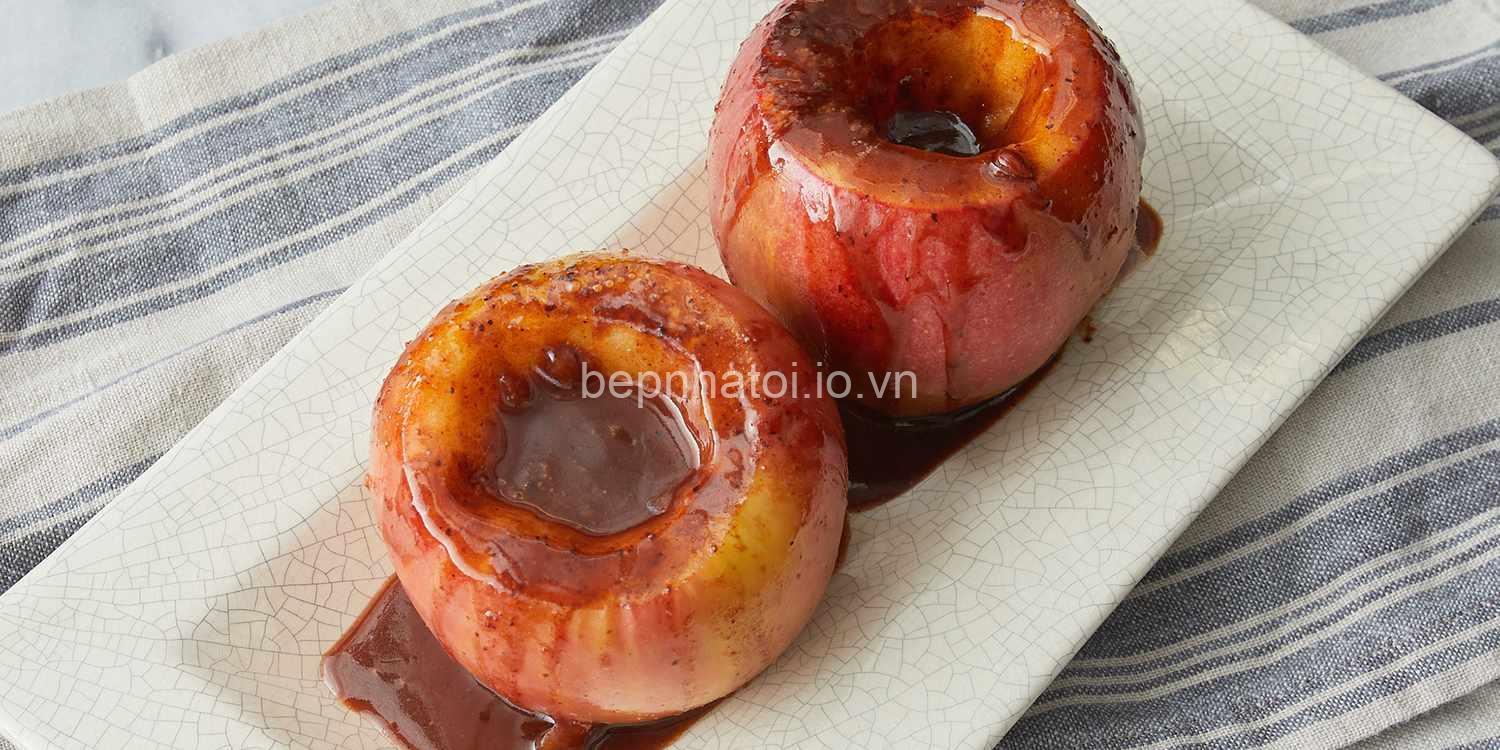
Electric Stove Safety: Common Mistakes & How to Avoid Them. In today’s article, bepnhatoi.io.vn will explore with you in the most detailed and complete way. See now!
Understanding Electric Stove Safety: Essential Tips for Preventing Accidents
Electric stoves are a staple in many kitchens, providing convenient and efficient cooking solutions. However, just like any appliance, they require careful handling to prevent accidents. Let’s discuss some essential safety tips to ensure a safe and enjoyable cooking experience.
Firstly, familiarize yourself with your electric stove’s features and controls. Different models have varying controls, heat settings, and safety features. Take some time to understand how your specific stove operates, including the function of each burner, the various heat settings, and any built-in safety mechanisms.
Secondly, always be mindful of the heat settings you use. Electric stoves can heat up quickly, and neglecting to adjust the heat settings can lead to overheating and potential accidents. Pay close attention to the food you’re cooking and adjust the heat as needed to prevent burning or overcooking.
Finally, prioritize safety precautions when using your electric stove. Always use pot holders or oven mitts when handling hot cookware. Avoid leaving the stove unattended while cooking, especially when dealing with flammable ingredients. And, if you have young children, ensure they are supervised and kept away from the stovetop.

Avoiding Overheating: Key Strategies for Safe Cooking
Overheating is a common issue with electric stoves. Leaving pots on high heat for prolonged periods, using incompatible cookware, or neglecting to adjust heat settings can all contribute to this problem.
Overheating can lead to several undesirable consequences:
- Burned food: When food is exposed to excessive heat for too long, it can burn and become inedible.
- Stovetop damage: Prolonged exposure to high heat can damage the stovetop surface, causing scratches, discoloration, or even cracks.
- Potential fire hazards: If grease or food spills on a hot stovetop, it can ignite, posing a serious fire risk.
To prevent overheating, follow these strategies:
- Use the correct heat settings for different foods. Different foods require different cooking temperatures. For example, simmering a stew requires lower heat compared to searing a steak.
- Monitor the stovetop and adjust heat as needed. Keep an eye on your food and adjust the heat settings to maintain the desired cooking temperature.
- Choose the right cookware for even heat distribution. Using cookware with flat, even bottoms ensures consistent heat distribution, preventing hotspots that can lead to burning or uneven cooking.
Remember to always turn off the stovetop once you’re finished cooking. Leaving the burner on accidentally can lead to overheating and potential accidents. It’s also a good practice to check the stovetop before leaving the kitchen to ensure it’s completely off.
Selecting the Right Cookware: Ensuring Compatibility for Optimal Performance
Choosing the right cookware is essential for achieving optimal results with your electric stove. Incompatible cookware can lead to uneven heating, food sticking to the bottom of the pan, and even stovetop damage.
Here are some key considerations when selecting cookware:
- Material: Different materials have different heat conductivity properties. For example, stainless steel and cast iron heat up more evenly compared to aluminum or copper.
- Base: Flat and even bases ensure proper contact with the stovetop, promoting even heat distribution. Round bottoms can create hotspots and uneven cooking.
- Heat resistance: Some cookware materials are more heat-resistant than others. Choose cookware that can withstand high heat without warping or melting.
- Compatibility: Ensure your cookware is compatible with your electric stove type. Induction stoves require special cookware with a magnetic base, while ceramic and coil stoves can work with a wider range of cookware.
Here are some recommendations for cookware suitable for electric stoves:
- Stainless steel: Durable, heat-resistant, and generally compatible with most stove types.
- Cast iron: Provides excellent heat retention, making it ideal for slow cooking and searing meats.
- Aluminum: Lightweight and affordable, but can be prone to warping if exposed to high heat for extended periods.
- Copper: Excellent heat conductor, but can be expensive and requires proper care.
By carefully selecting compatible cookware, you can ensure even heat distribution, prevent food from sticking, and optimize your cooking experience.
Maintaining a Clean Stovetop: Preventing Buildup and Ensuring Longevity
Just like any other appliance, an electric stove requires regular cleaning to maintain its performance and extend its lifespan. Neglecting to clean your stovetop can lead to a buildup of grease, grime, and food particles, which can affect its heating capabilities, pose a fire hazard, and potentially damage the surface.
Here are some tips for keeping your electric stovetop clean and in top condition:
- Clean up spills immediately: Promptly wipe away any spills to prevent sticking and burning. The longer a spill sits on the stovetop, the harder it will be to remove.
- Use appropriate cleaning agents: Avoid harsh abrasives that can scratch the surface of your stovetop. Opt for gentle cleaning solutions specifically designed for electric stoves.
- Clean regularly: Make cleaning a habit by wiping down the stovetop after each use. This will prevent buildup and make cleaning much easier in the long run.
Here are some recommended cleaning methods for different electric stove types:
- Ceramic stovetops: Use a non-abrasive cleaning solution and a soft cloth or sponge to gently remove spills and grime.
- Coil stovetops: Clean the coils with a damp cloth or sponge, avoiding harsh scrubbing.
- Induction stovetops: Use a dedicated induction stovetop cleaner and follow the manufacturer’s instructions carefully.
By maintaining a clean stovetop, you can ensure its performance, prevent fire hazards, and extend its lifespan.
Common Mistakes and Their Consequences: A Comprehensive Guide
While electric stoves offer convenience, it’s important to be aware of the common mistakes that can occur during usage. These mistakes can lead to safety hazards, damage to the stovetop, and subpar cooking results. Let’s explore these mistakes and their consequences:
- Leaving the stove unattended while cooking: This is a major safety concern, as unattended stoves can overheat, leading to burned food, smoke, and even fire hazards.
- Using the wrong heat settings for different foods: Failing to adjust the heat settings appropriately can result in overcooked or undercooked food, impacting both taste and safety.
- Failing to properly clean the stovetop regularly: Neglecting cleaning can lead to a buildup of grease, grime, and food particles, affecting the stovetop’s performance and posing a fire risk.
- Using incompatible cookware: Using cookware not designed for electric stoves can result in uneven heating, food sticking, and potential damage to the stovetop.
Understanding these common mistakes and their consequences is crucial for ensuring safe and efficient cooking with an electric stove. By being mindful of these pitfalls and following the tips we’ve discussed, you can minimize the risk of accidents and optimize your cooking experience.
Electric Stove Troubleshooting: Identifying and Resolving Common Issues
While electric stoves are generally reliable, they can occasionally experience issues. Knowing how to identify and troubleshoot common problems can save you time and frustration.
Here are some common issues and basic troubleshooting steps:
- Burner not heating properly:
- Check the power cord and outlet: Ensure the power cord is securely plugged in and the outlet is working.
- Reset the stove’s circuit breaker: If the circuit breaker has tripped, reset it to restore power.
- Clean the burner contacts: Dirt or debris can prevent the burner from heating properly. Clean the contacts with a dry cloth or toothbrush.
- Stovetop not turning on:
- Check the power cord and outlet: Ensure the power cord is securely plugged in and the outlet is working.
- Check the stove’s control panel: Ensure the control panel is not locked or in a standby mode.
- Reset the stove’s circuit breaker: If the circuit breaker has tripped, reset it to restore power.
- Unusual noises or vibrations:
- Check the cookware: Ensure the cookware is flat and properly centered on the burner.
- Check the burner: Look for any debris or obstructions that might be causing the noise or vibration.
- Check the stovetop surface: Ensure the stovetop is clean and free of any debris that could be causing the noise.
If these troubleshooting steps don’t resolve the issue, it’s recommended to contact a qualified technician for further assistance.
FAQs:
How do I know if my cookware is compatible with my electric stove?
To determine if your cookware is compatible with your electric stove, look for the following:
- Flat and even base: Ensure the bottom of the cookware is flat and even to ensure proper contact with the stovetop.
- Heat resistance: The cookware should be able to withstand the heat of your electric stove without warping or melting.
- Induction stove compatibility: If you have an induction stove, your cookware needs to be magnetic. Most cookware made of cast iron, stainless steel, or special induction-compatible materials will work.
What are some signs that my electric stove needs to be cleaned?
Here are some signs that your electric stove needs to be cleaned:
- Buildup of grease and grime: A layer of grease and grime on the stovetop surface indicates the need for cleaning.
- Food sticking to the stovetop: If food is sticking to the surface even after a quick wipe, it’s a sign of buildup.
- Uneven heating: If the stovetop is not heating evenly, it could be due to a buildup of debris in the burner contacts.
- Unusual noises or vibrations: Buildup of grime can cause unusual noises or vibrations while the stove is in use.
What are some safety measures I should take when using an electric stove?
Here are some essential safety measures to follow:
- Use pot holders or oven mitts when handling hot cookware.
- Avoid leaving the stove unattended while cooking, especially when dealing with flammable ingredients.
- Supervise children and keep them away from the stovetop.
- Turn off the stovetop when you are finished cooking.
- Check the stovetop before leaving the kitchen to ensure it’s completely off.
- Clean up spills immediately to prevent sticking and burning.
- Use appropriate cleaning agents and avoid harsh abrasives.
- Be mindful of the heat settings and adjust them as needed.
- Choose compatible cookware to ensure even heating and prevent damage.
By following these safety measures, you can create a safer and more enjoyable cooking environment.
Conclusion:
Understanding common mistakes and implementing safety tips is key to ensuring safe and efficient electric stove usage. We hope this guide has provided you with valuable insights to enhance your cooking experience.
For more tips, tricks, and resources related to animals and pet products, visit our website at https://bepnhatoi.io.vn/. Don’t hesitate to leave a comment below, share this article with others, and continue exploring our site for more informative content!





